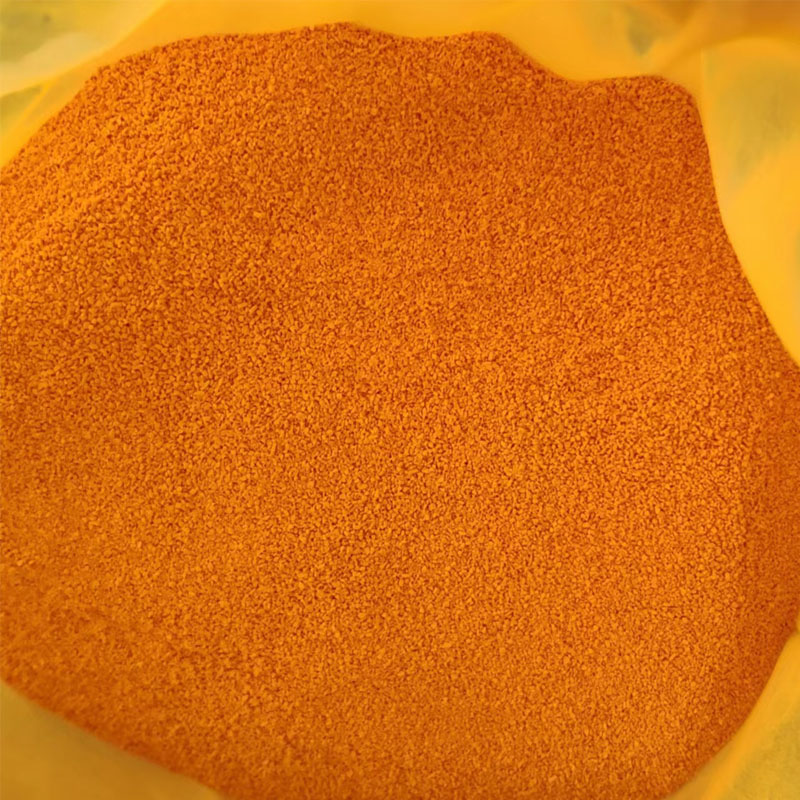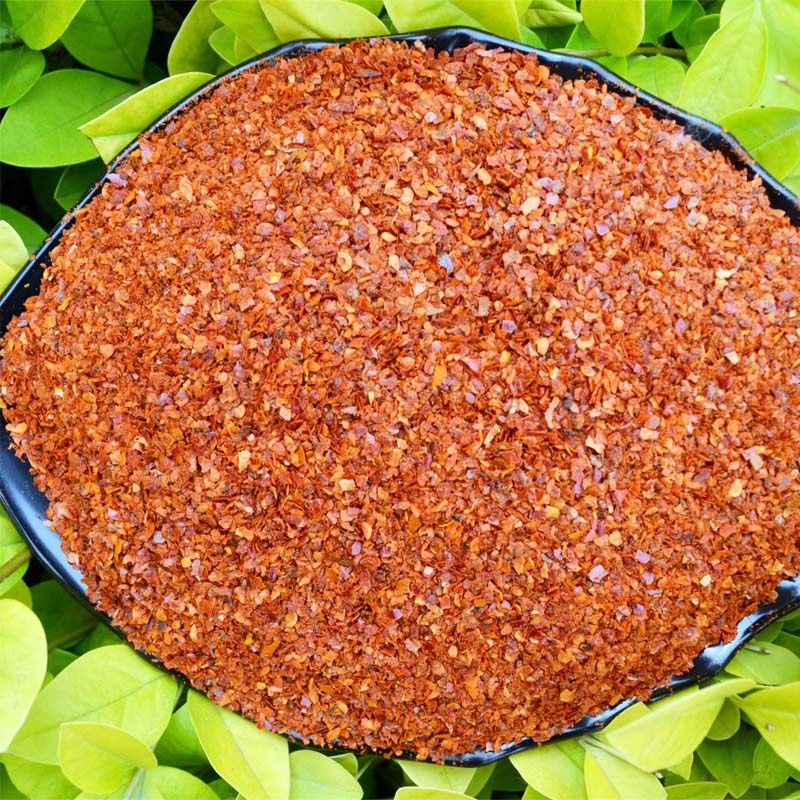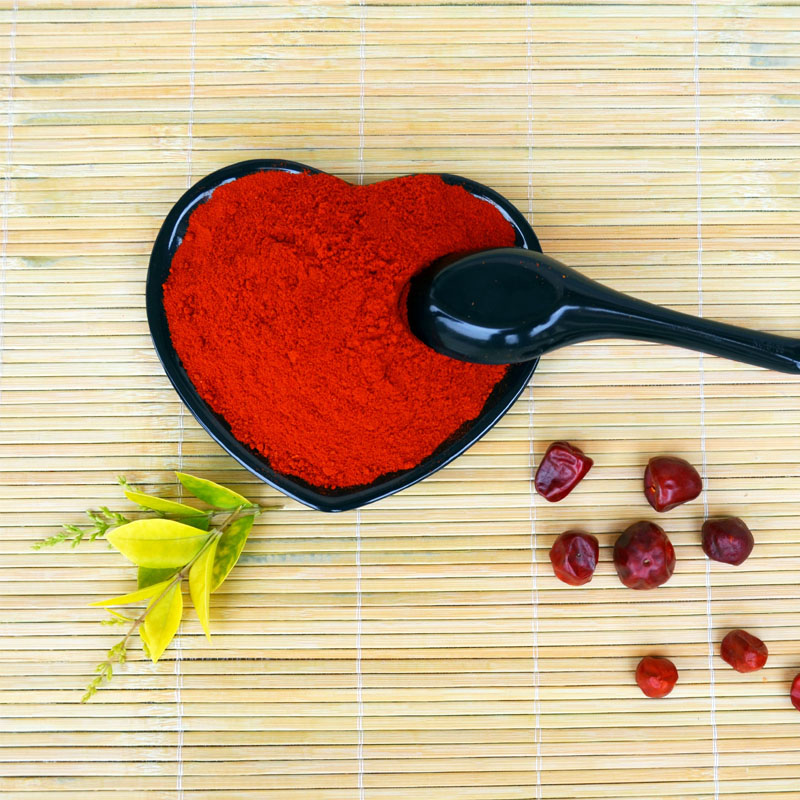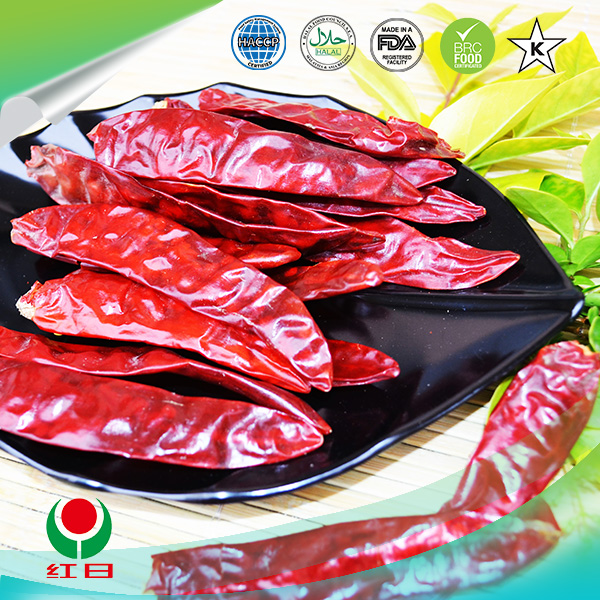- No. 268 Xianghe Street, Economic Development Zone of Xingtai city, Hebei 054001 China
- Byron@hbhongri.cn
pul biber paprika
The Vibrant World of Pul Biber Exploring the Essence of Turkish Paprika
Pul biber, commonly known as Turkish red pepper flakes, is a staple in many kitchens, especially within the vibrant cuisine of Turkey. It is more than just a spice; it is a cultural symbol that encapsulates the rich culinary traditions of the region. This article delves into the history, characteristics, uses, and the health benefits of pul biber, showcasing its essential role in both everyday cooking and festive dishes.
The Origins of Pul Biber
Pul biber is made from sun-dried red pepper, ground into flakes. It finds its roots in the various pepper varieties cultivated across the Mediterranean region. Particularly in Turkey, red pepper varieties like the Aleppo pepper are cherished for their unique flavor profiles that blend heat with a hint of sweetness. The preparation of pul biber involves drying the peppers under the sun, preserving their vibrant color and taste, which are integral to traditional Turkish cooking.
Characteristics and Flavor Profile
One of the defining features of pul biber is its rich crimson color, which adds a visually appealing touch to any dish. The flavor of pul biber is complex; it strikes a balance between mild heat and a slightly sweet undertone. Unlike other chili flakes that may be overwhelmingly hot, pul biber provides a warm spice that enhances rather than overpowers the flavors of a dish. This makes it a versatile ingredient, suitable for a wide range of culinary applications.
Culinary Uses
In Turkish cuisine, pul biber is used in numerous ways. It is often sprinkled over dishes like kebabs, mezes, and pilafs, imparting a fragrant warmth. Moreover, it is a common ingredient in marinades and dressings, where its flavor can infuse into meats and vegetables, creating a symphony of taste. Beyond Turkish borders, pul biber has found its way into various international kitchens, being employed in Mediterranean and Middle Eastern dishes, making it a truly global spice.
pul biber paprika

One notable dish that showcases pul biber is Muhammara, a spicy red pepper dip made from blended walnuts, breadcrumbs, and garlic, where the chili flakes add depth and character. Another classic is the Turkish breakfast staple Menemen, an egg dish that incorporates tomatoes, peppers, and onion, often generously seasoned with pul biber.
Health Benefits
In addition to its culinary delights, pul biber also boasts a range of health benefits. Rich in vitamins A and C, red pepper flakes are known to support immune function and promote good skin health. The capsaicin present in peppers has been linked to various health benefits, including boosting metabolism, improving circulation, and even providing pain relief by acting as a natural anti-inflammatory agent.
A Symbol of Hospitality
In Turkish culture, food is a significant aspect of hospitality. The use of pul biber not only enhances flavors but also represents the warmth and spirit of sharing meals with family and friends. Traditional meals often feature a bounty of sharing platters, and the sight of pul biber on the table signifies the joy of gathering together, breaking bread, and enjoying vibrant, flavorful dishes.
Conclusion
Pul biber is more than just a seasoning; it is a testament to the rich culinary heritage of Turkey. Its balance of flavor, versatility in cooking, and health benefits make it an indispensable ingredient in both traditional and modern cuisines. As food lovers explore the world of spices, incorporating pul biber into their cooking not only enriches their dishes but also connects them to the cultural narratives of the Mediterranean region. The next time you reach for that jar of pul biber, remember it carries with it a history of warmth, hospitality, and shared meals across generations.
-
Turmeric Rhizome Powder: A Golden Treasure from Roots to TableNewsJul.28,2025
-
The Versatile Application Of Crushed Red Hot Peppers: Lighting Up The Red Flames On The Dining TableNewsJul.28,2025
-
The Paprika: A Touch Of Vibrant Red In Color, Flavor, And CultureNewsJul.28,2025
-
Ground Turmeric: A Modern Examination of an Ancient SpiceNewsJul.28,2025
-
Capsicum Liquid Extract: Features, Applications, and ChallengesNewsJul.28,2025
-
Application of Capsicum Liquid Extract in FoodNewsJul.28,2025







